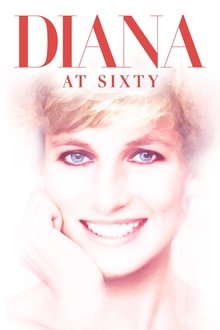In August 1997, the tragic death of Diana, Princess of Wales, stunned her family and catapulted the British public into one of the most extraordinary weeks in modern history. What was it about Diana that resulted in such an outpouring of grief? And what does that week reveal about Britain's relationship with the monarchy, then and now?
Related Movies
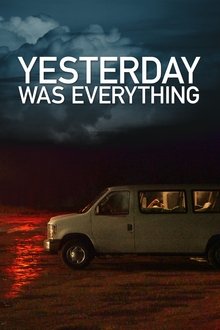
Yesterday Was Everything (2016)
A band struggles to reconcile for a reunion tour a decade after a contentious break-up and a fatal accident.
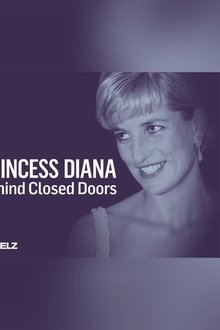
Princess Diana: Behind Closed Doors (2016)
An intimate look at Princess Diana’s life behind the gates of Kensington Palace, including interviews with friends, historians and biographers.
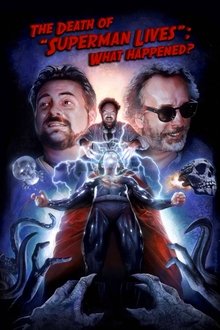
The Death of "Superman Lives": What Happened? (2015)
The Death of 'Superman Lives': What Happened? feature film documents the process of development of the ill fated "Superman Lives" movie, that was to be directed by Tim Burton and star Nicolas Cage as the man of steel himself, Superman. The project went through years of development before the plug was pulled, and this documentary interviews the major filmmakers: Kevin Smith, Tim Burton, Jon Peters, Dan Gilroy, Colleen Atwood, Lorenzo di Bonaventura and many many more.
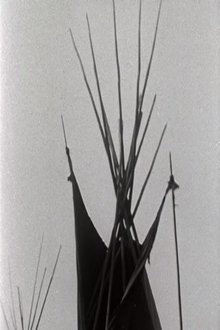
A Pinto for the Prince (1979)
In 1977, Prince Charles was inducted as honorary chief of the Blood Indians on their reserve in southwestern Alberta. The ceremony, conducted in the great Circle of the Sun Dance, commemorated the centennial anniversary of the original signing of Treaty 7 by Queen Victoria.
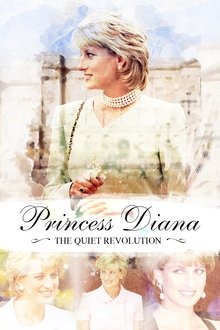
Princess Diana: The Quiet Revolution (2017)
No one in history has ever been so universally adored as Diana, Princess of Wales. In her short life she captivated the world with her beauty, charm and limitless compassion. She challenged the century old tradition of stoic Royal silence and brought a Queen and her people closer than ever before. The legacy of the people’s princess still lives on two decades after her tragic and sudden death. It was her love of life, of people, of those less fortunate and of her children that saw her lead a quiet but powerful revolution that changed the British royal family, forever.
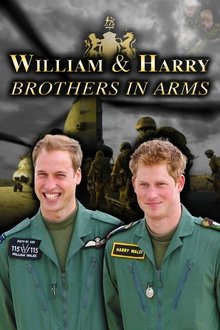
William and Harry: Brothers in Arms (2017)
The future of the British monarchy lies in the hands of two brothers, Prince William and Prince Harry. As the children of the most infamous royal relationships of the 21st century their childhood was plagued by turmoil and tragedy. Their lives have been played out in the media gaze for better and worse, more than ever before in the history of the monarchy. Determined to continue the legacy of their Mother, bridging the gap between monarchy and people with openness and honesty, they have become endeared to the British public and they remain the most popular members of the royal family. This is their story.

Documenti su Giuseppe Pinelli (1970)
The film examines the death of the anarchist Giuseppe Pinelli, who fell from the fourth floor of the police headquarters in Milan December 15, 1969, after being stopped following the Piazza Fontana bombing.
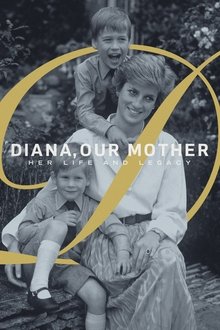
Diana, Our Mother: Her Life and Legacy (2017)
A fresh and revealing insight into Princess Diana through the personal and intimate reflections of her two sons and her friends and family.
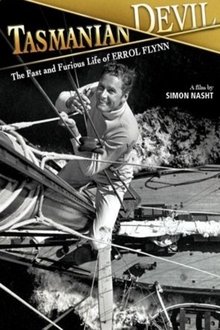
Tasmanian Devil: The Fast and Furious Life of Errol Flynn (2007)
The story of Tasmanian-born actor Errol Flynn whose short & flamboyant life, full of scandals, adventures, loves and excess was largely played out in front of the camera - either making movies or filling the newsreels and gossip magazines. Tragically he was dead from the effects of drugs and alcohol by the time he was only 50 & the myths live on. But there is another side of Flynn that is less well known - his ambitions to be a serious writer and newspaper correspondent, his documentary films and his interest in the Spanish Civil War and Castro's Cuba
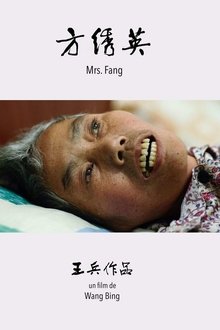
Mrs. Fang (2018)
In a quiet village in southern China, Fang Xiuying is sixty-seven years old. Having suffered from Alzheimer's for several years, with advanced symptoms and ineffective treatment, she was sent back home. Now, bedridden, she is surrounded by her relatives and neighbors, as they witness and accompany her through her last days.
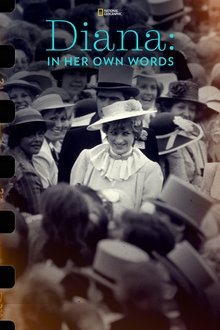
Diana: In Her Own Words (2017)
Using home videos recorded by her voice coach, Diana takes us through the story of her life.

The Funeral of HRH The Prince Philip, Duke of Edinburgh - The Day's Events (2021)
(2021) 17/04/2021 (GB) Documentary 61m
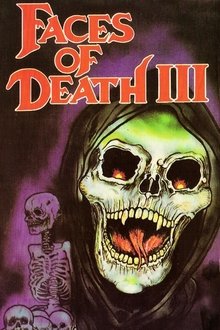
Faces of Death III (1985)
The third installment of the infamous "is it real or fake?" mondo series sets its sights primarily on serial killers, with lengthy reenactments of police investigations of bodies being found in dumpsters, and a staged courtroom sequence.
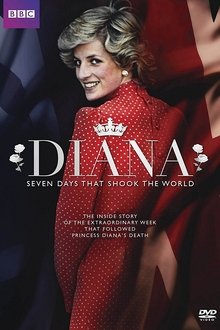
Diana: 7 Days That Shook the Windsors (2017)
This illuminating documentary examines the aftermath of Princess Diana's tragic death and the tense, dramatic week leading up to her funeral
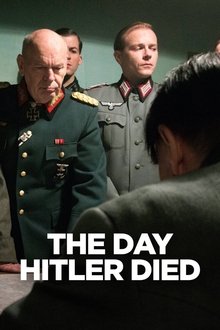
The Day Hitler Died (2015)
The story of Hitler’s final hours told by people who were there. This special features exclusive forgotten interviews, believed lost for 65 years, with members of Hitler’s inner circle who were trapped with him in his bunker as the Russians fought to take Berlin. These unique interviews from figures such as the leader of the Hitler Youth Artur Axmann and Hitler’s secretary Traudl Junge, have never before been seen outside Germany. Using rarely seen archive footage and dramatic reconstruction, this special tells the story of Adolf Hitler’s final days in his Berlin bunker.
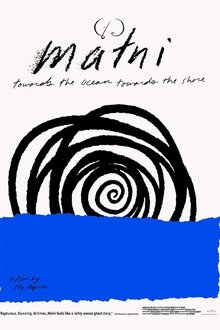
maɬni—towards the ocean, towards the shore (2020)
An experimental look at the origin of the death myth of the Chinookan people in the Pacific Northwest, following two people as they navigate their own relationships to the spirit world and a place in between life and death.

Diana: The Woman Inside (2017)
Diana The Woman Inside highlights Diana as a woman and mother, rather than just a tragic icon.

The Night That Changed Rock (2019)
Forty years later, rock legends Pete Townshend and Roger Daltrey sat down for first-of-a-kind, exclusive interviews with WCPO Anchor Tanya O’Rourke. Their candid revelations about the horrific night of Dec. 3, 1979 in Cincinnati form the basis for O'Rourke's historical documentary, "The Who: The Night That Changed Rock."

